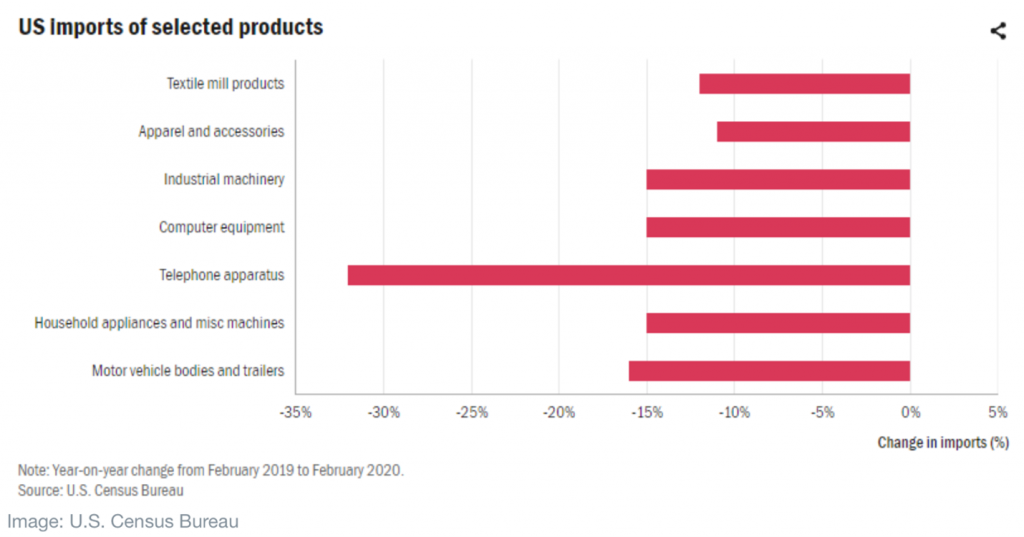Working in a post-pandemic world
The current pandemic environment has created several challenges for organizations across personnel, operations, and technology, and while we don’t expect this to be a permanent shift, it is likely to change the nature of work for the next two to three years as organizations and workers adjust and recover. At the end of May, some data suggested that 45% of employers had yet to announce a return date, as safety and public policy considerations continued to evolve, and some workers began to question if this signaled a longer-term shift in the work environment. But by August, the mood began to change with new surveys indicating only 25% of employees expected to be working from home long-term, and certain institutions began to recall workers in high-risk roles such as trading and investment banking.

Against this backdrop of uncertainty, institutions must make the appropriate changes to adapt to a new near-term workplace, while preparing to return to a more traditional model that has been enhanced with a more resilient supply chain and supporting infrastructure. In the near term, we anticipate a workplace that is characterized by:
- A mixed work environment with inconsistent in-person interactions
- Distributed work challenges
- Supply chain interruptions
Each of these items will need to be addressed quickly to deliver high-quality customer service, maintain productivity, and ensure operational compliance.
The mixed work environment
In the coming days, a portion of workers will be remote while some return to the office environment, but the schedules relative to the work that must be done is likely to be misaligned in many circumstances. This will create specific challenges for which new approaches and practices must be implemented:
- Managing and monitoring: productivity and compliance will remain key focus areas for organizations and the mixed work environment presents new challenges to this already difficult task. Some roles have well defined metrics and controls, supported by reports and technology, while others rely heavily on in-person observation.
- Resolving issues and exceptions: most processes have been designed to handle the standard case, whether it be transactions or change-program activities, but typically rely on ad-hoc interaction to resolve issues and exceptions. In the production environment, this may be orchestrated through a defined hierarchy of escalations and possibly supported by technology such as case management, but, more often than not, it relies on discussions and informal communications to reach resolution. Processes to replace the “water cooler” discussion will be required to keep the flow of exception resolution on track.
- Training: leading organizations have well developed and maintained policies, operating procedures, and training to support employees in different roles, but even the best relies heavily on “on-the-job” training to teach the finer points of an activity. While technologies such as chat can help to replace the ad-hoc mentoring that on-site supervisors would normally provide, it lacks the in-person benefit of observation that can be the critical factor in effective training.
- Onboarding: new employees and those shifting to new roles are particularly at risk in the remote work environment, where informal mentoring and guidance are more difficult to execute but essential to a solid foundation.
- Ideation: in recent years, organizations have been adopting “agile” change methodologies which recognize and fully exploit the benefits of frequent, in-person, participation to effect change. This transition has been challenging as the capacity of certain subject matter experts remains in short supply and has been compounded by the inability to gather to discuss ideas and outline solutions.
Managing distributed environments
Establishing reliable processes and adequate controls that help keep distributed workforces informed, on track, and within compliance guidelines will be heavily dependent upon technology and collaboration platforms. Provision of this infrastructure will have several new challenges:
- Unmanaged infrastructure: network, telephony, and facilities have traditionally been provided and maintained by the organization, but, in the mixed work environment, are provided and maintained by a combination of the individual employee and a wide variety of service providers. While many employees have initially shown a willingness to absorb this additional responsibility, it will increasingly become a burden and require oversight and support from the organization to ensure reliability of critical processes. The increase in security “end points” will require focus from cybersecurity teams and appropriate protocols to manage the associated risks.
- Geographic distribution: logistically, central office locations offered a level of predictability and security as it relates to geographically based disruptions such as natural disasters or power outages. In the mixed work environment, there will be a much wider range of geographic disruptions that will need to be considered and mitigated, especially as workers choose to locate in areas traditionally associated with leisure activities rather than work, which often have less mature infrastructure and greater occurrence of severe weather patterns.
- Limited access controls: premises controls such as badges that are common in the office environment and restrict access to work locations provided a dual benefit of employee safety and ensuring only authorized people had access to work products, systems, and documents. In the mixed environment, this access control becomes the responsibility of individual employees that must balance family and work responsibilities. For certain high-risk roles, such as trading, legal, finance, and other areas where either personally identifiable information (PII) or proprietary information is handled regularly, this distributed access presents significant risks to the organization, especially legal, compliance, and cybersecurity.
Protecting the supply chain
A hallmark of the pandemic has been the disruption of supply chains that include personnel in global and domestic locations, access to critical safety supplies, and a lingering shortage of key technologies to enable distributed workforces. With the onset of the pandemic, key dependencies on global sources of both materials and labor became apparent, as illustrated by dramatic reductions in imports across many sectors.

As organizations emerge from the initial impacts of the pandemic, they will need to evaluate supply chains and make adjustments to ensure resilience, especially in key areas:
- Personnel: teams that process PII in global locations are often sequestered for security reasons, and this may require special facilities and controls that can’t be replicated in a distributed work environment.
- Equipment: equipment supporting distributed work, including laptop computers, tablets, and telephony, have experienced supply disruptions as the global demand increased.
Tools and techniques for the post-pandemic environment
In addition to the variety of health and safety protocols that must be implemented to support the pandemic and post-pandemic environments, there are several tools and techniques that can be leveraged to prepare operations for the post-pandemic world and create more resilient platforms that will create flexibility and sustained performance. There are three areas where particular focus should be applied:
- Collaboration: supporting both the day-to-day operations and change efforts, a variety of platforms can be used to simplify and encourage collaboration within the mixed working environment. These tools should support remote learning, planning, exception and issue resolution, and ideation. This includes capabilities such as chat, video conferencing, shared documents, agile tools, virtual whiteboards, and learning management systems.
- Reporting and monitoring: managing and monitoring production businesses processes has always required robust reporting capabilities, built upon reliable data, and this reporting rigor must now be extended to planning, administration, and change processes. This may include the use of customer relationship management (CRM), collaboration, or other shared data sources to determine progress, status, and compliance. Robust monitoring of technology, transactions, and end-points will be critical to protect the organization from cybersecurity and compliance risks.
- Workflow: many production business processes have been orchestrated on sophisticated workflow or business process management (BPM) tools for years, but may include only select activities and often aren’t designed with monitoring and reporting in mind. Extending these tools to cover processes more broadly and enhancing reporting to focus on “information” rather than simply presenting “data” will allow more effective use of management time and help identify issues that would have previously been obvious under in-person working conditions.
Conclusions
The pandemic environment forced organizations to quickly change technologies, business practices, and protocols, and now organizations must enhance and “industrialize” these new capabilities to provide a resilient platform that can operate under the continued uncertainty of the pandemic and post-pandemic environments, without sacrificing customer experience, productivity, compliance, or security.
The team at The Antares Company helps organizations navigate this challenging new environment and implement practical solutions.

